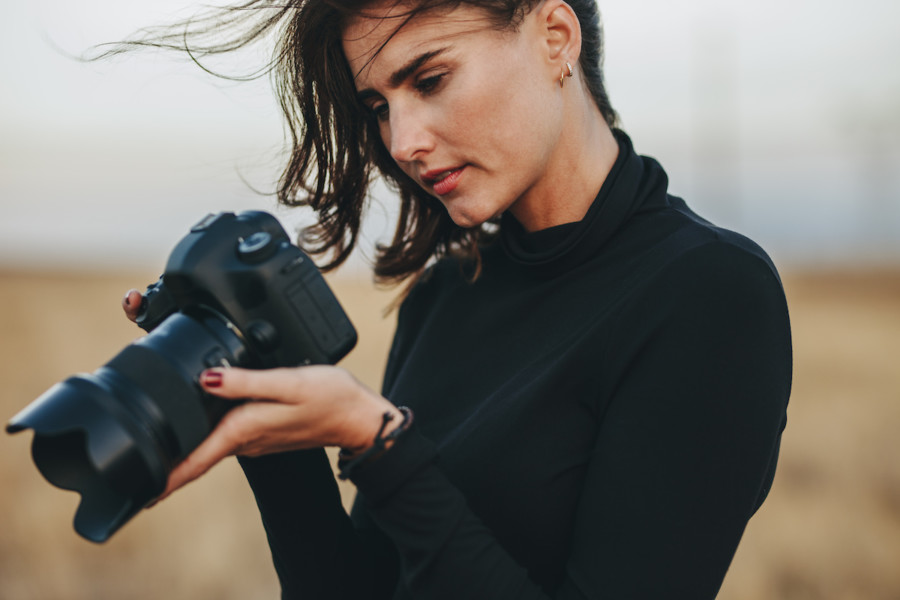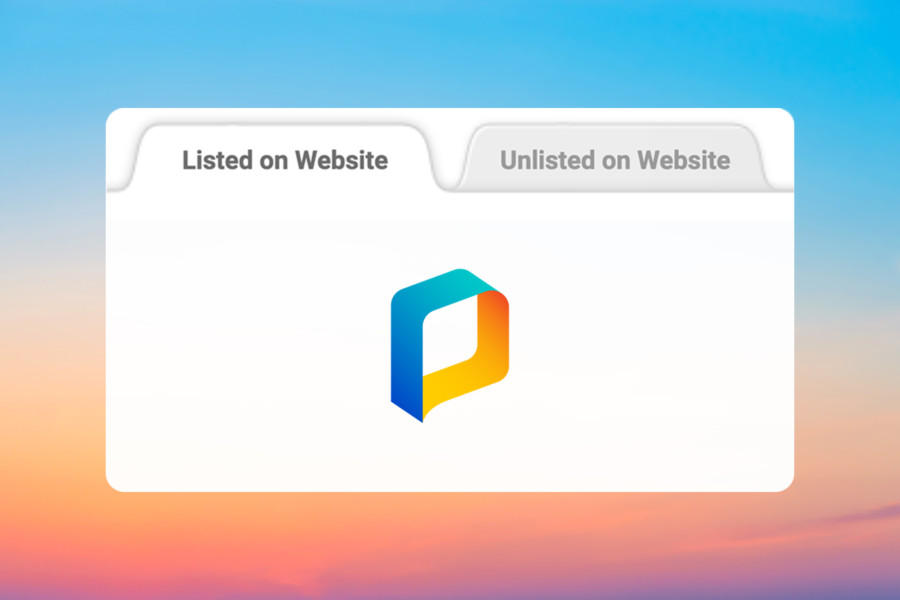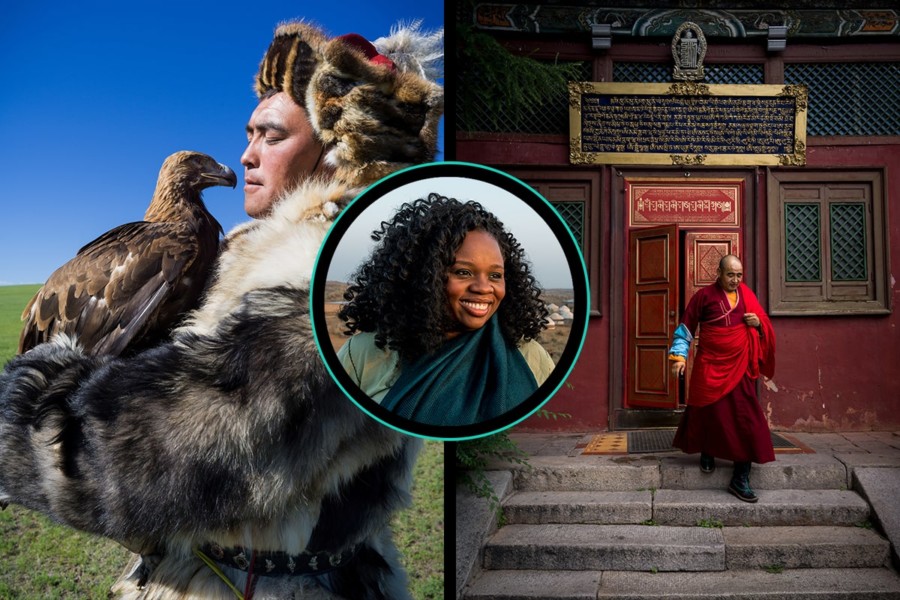Share
The Job of the Digital Tech: What You Need to Know
George McKenzie here again for PhotoShelter (check out my review of the Pentax K-1 a few months back). Lately, I’ve been helping organize our Thi...
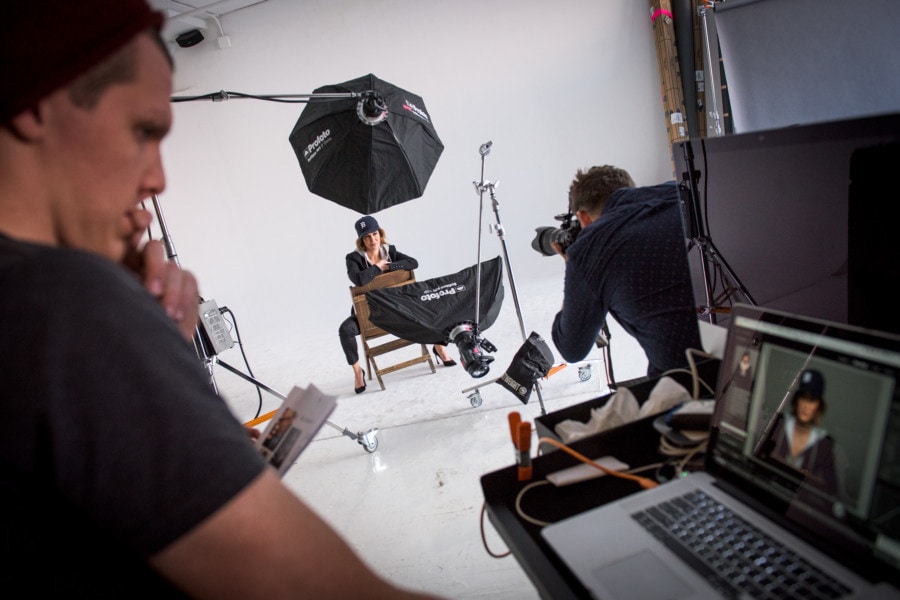
George McKenzie here again for PhotoShelter (check out my review of the Pentax K-1 a few months back). Lately, I’ve been helping organize our Third Thursday photo business chats here in the office — and a recent panel piqued my interest. The topic: photo assisting. I knew quite a bit about assisting as I’d done it before, but there’s always something more to learn. And, this month, I learned a ton about being a Digital Tech. With a day rate ($350-$450) that’s often more than even a 1st assistant, this job spoke to me. Who doesn’t want to work smarter, not harder??
So, as one does, I found a friend of a friend who’s worked as a Digital Tech quite a bit. Boyz Bieber, aka Boyz, has his MFA from UCLA and also has studied at a few technical schools. Which means he’s got both the perspective of the artist and also a real understanding of the latest equipment and tech aspects of shooting. And he’s done his share of Digital Tech’ing. Here’s his rundown of the job:
The Tech Skills
Not surprisingly, Boyz cited Capture One as the singular most important piece of technology in his arsenal. It’s designed specifically for tethered shooting and file organization, but it also has an amazing RAW file processor. While Photoshop operates on the same algorithms, Capture One incorporates similar tools with those of Lightroom — really filling in where the other two fall short for live shoots. To find training classes on Capture One, head over to Phase One’s website here.
Then there’s a whole host of other tools you need to know, including Lightroom and PhotoShop as some photographers work with those programs on-site. And, it’s helpful to also know the major camera systems: Canon, Nikon, Sony, etc.
Boyzz’s advice: Don’t fake it. If you don’t know the tech, don’t take a job doing it. It’ll show really quickly.
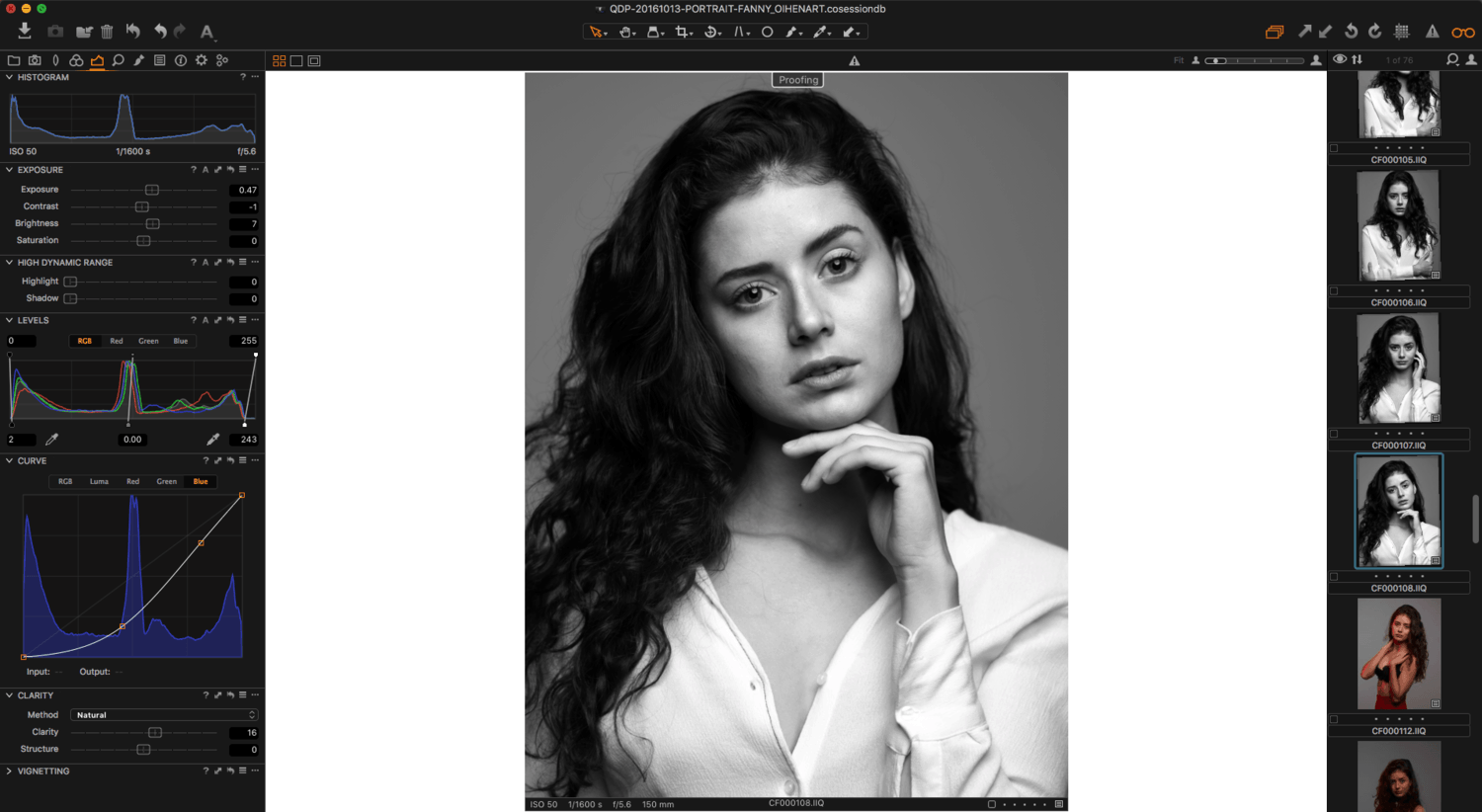
Capture One editing software.
The Digital Tech’s Job: Before, During and After the Shoot
In an ideal world, the Tech’s job actually starts prior to the shoot. The photographer or art director should share the mood board so you can get a sense for the style and color look they want to achieve. You’ll also weigh in on gear rentals, offering up a list of things like laptops, software and hard drives that are needed. Boyz prefers to use his own equipment where possible as he trusts it and can handle any special setup prior to the shoot itself.
The day of the shoot the Digital Tech should show up with plenty of time so he/she can set up their workstation which can vary in size depending on the scale budget of the shoot. Smaller more mobile shoots require a laptop with it’s own tripod stand, while larger productions call for an entire rolling cart complete with a desktop and high-res monitor that’s in area that is easy to access but out of the way.
After the Tech has the computer station setup, he/she will run through things with the photographer to make sure they’re on the same page as far as software to be used and how they want to shoot (i.e. tethered to the computer or running memory cards back and forth, which software they prefer for organization – Capture One, Lightroom, etc.), etc.
Once that’s established the tech should test the camera and all file transfer workflows to make sure everything is working – shoot a couple test shots, import the files, run a quick process on the files for color and contrast, and insure the images are being stored to the correct location. The Digital Tech generally stores everything to a main hard drive, as well as his/her own back up. Most photographers have a drive of their own which they’ll also copy to throughout the shoot.
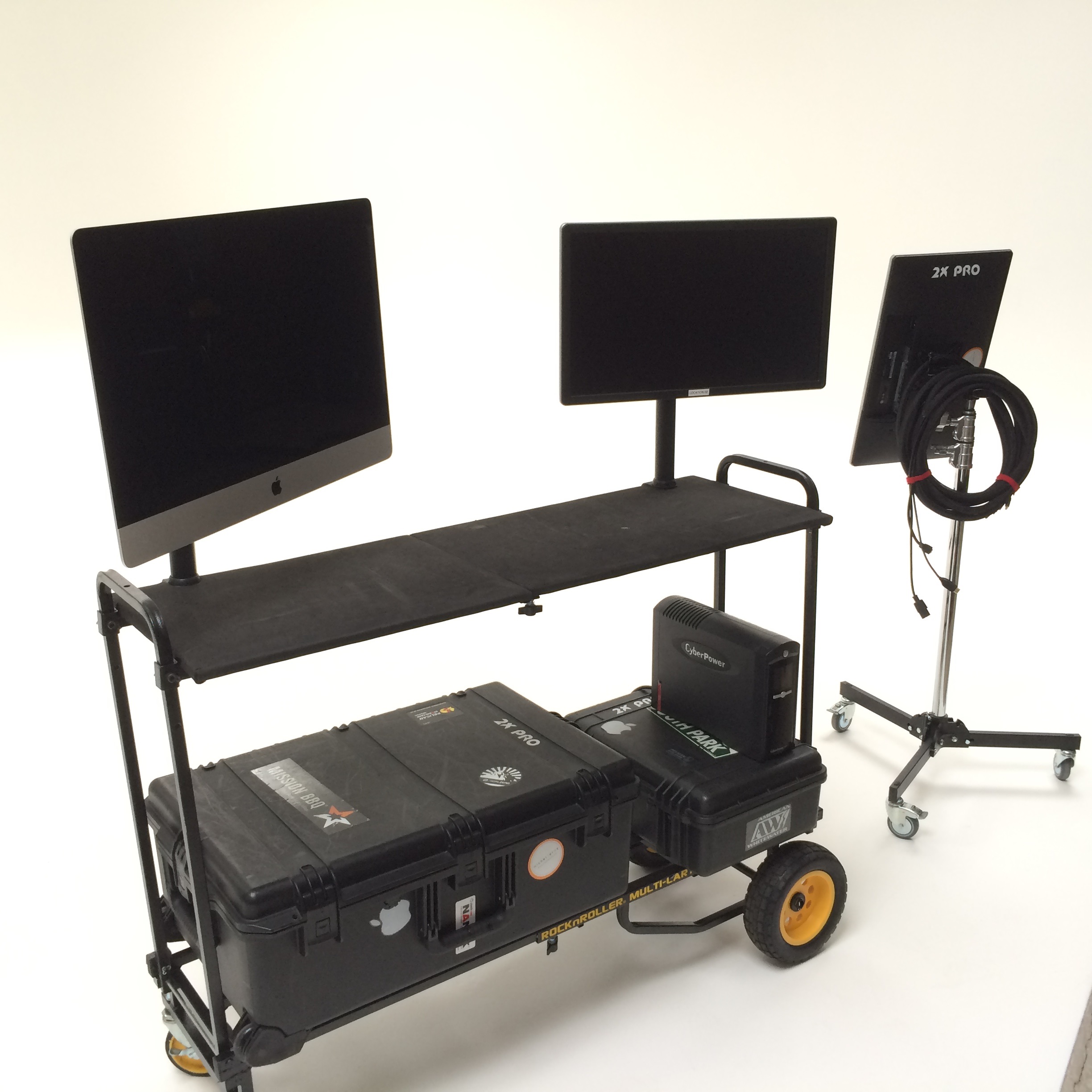
Sample workstation setup. Image courtesy of Michel Leroy.
The number one concern of a Digital Tech is maintaining the images that get shot, so the more redundant backup the better. As the tech, you are responsible for the photographs being saved and accessible. So the pressure can be intense at times. If files go missing or a piece of gear goes down, people usually look to you because you are the “tech” expert. Boyyz’s best advice is to study and be prepared for things to break. Research the gear you are renting if you can, have extra batteries for everything, bring every connection cord you can think of (because it’s always the one you don’t have that you need on set). Basically get ready for something to go wrong because something always will. Having WiFi on set can also be a life saver — i.e. having the ability to google answers on the fly and covertly fix the problem with the photographer before the client notices.
The number two concern is not holding up the shoot, so you have to learn to work quickly to achieve the look and feel the photographer wants. This is where doing your homework and following the mood board really helps. You should also keep an eye on the images themselves, helping catch anything that might be a mistake (light stands in the shot, cutting off hands/feet, or focus issues). Think of yourself as a second or third pair of eyes to make sure the photos are the best they can possibly be.
As the shoot goes on, the tech will organize the files for quick and easy access – separate folders for different outfits or make-up changes, or specific angles or cameras used depending on the type of shoot. That way anyone on the crew can come over to the workstation and quickly see what has been shot so far, and what still needs to get done.
Once the shoot is wrapped (or even during lunch breaks), the photographer and art director will typically take over the workstation so they can make selects. These days people need their photos ASAP so they’ll usually get everything trimmed down before leaving set.
At the end of the shoot, the digi-tech will make sure all assets have been saved, copy over the whole shoot – RAW files, processed TIFF/JPEG files, and any software presets — to the both the photographer’s and client’s hard drives. Boyzz’s personal practice is to also keep a copy of the shoot on his drive for 2 weeks following the shoot, should anything happen to either of their hard drives.
It’s definitely not a small amount of work. And it requires a ton of tech knowledge as well as a knack for process and organization. But, if you’ve got these skills, it really can be lucrative. And, if you’re good, photographers are likely to hire you over and over again, just like a 1st assistant.
Not bad. Not bad at all.
